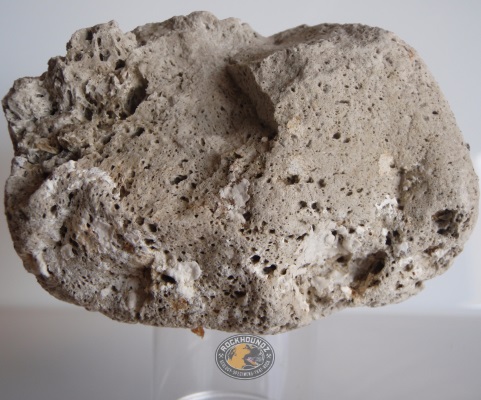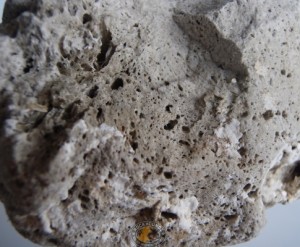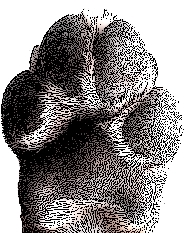
Identifying pumice. This is a new kind of rock identification guide for you. A plain language, no silly business, get your rocks sorted in no time guide to “what rock is that?”
Igneous rocks: Pumice

If it’s light grey, light weight, full of holes and floats it’s pumice.
Pumice is extrusive – explosively extrusive, intermediate/felsic, glassy. It is extremely fine grained from very fast cooling on exposure to air. Have a look back at this post if you’ve forgotten what those terms are.
Pumice comes from rhyolitic lava that had a high water content. So the sister rocks of pumice are granite, rhyolite, obsidian and perlite.
Pumice is used for many industrial and household applications including toothpastes and stonewashing jeans.
Right now you’ll find pumice forming at the Havre submarine volcano 800km NE of NZ.
This guide is designed to help you identify the classic rocks that are listed in most textbooks and found in most geology kits. No curly examples, no red herrings – just the bog standard basics that you need to teach geology in the classroom. Up next: Obsidian



